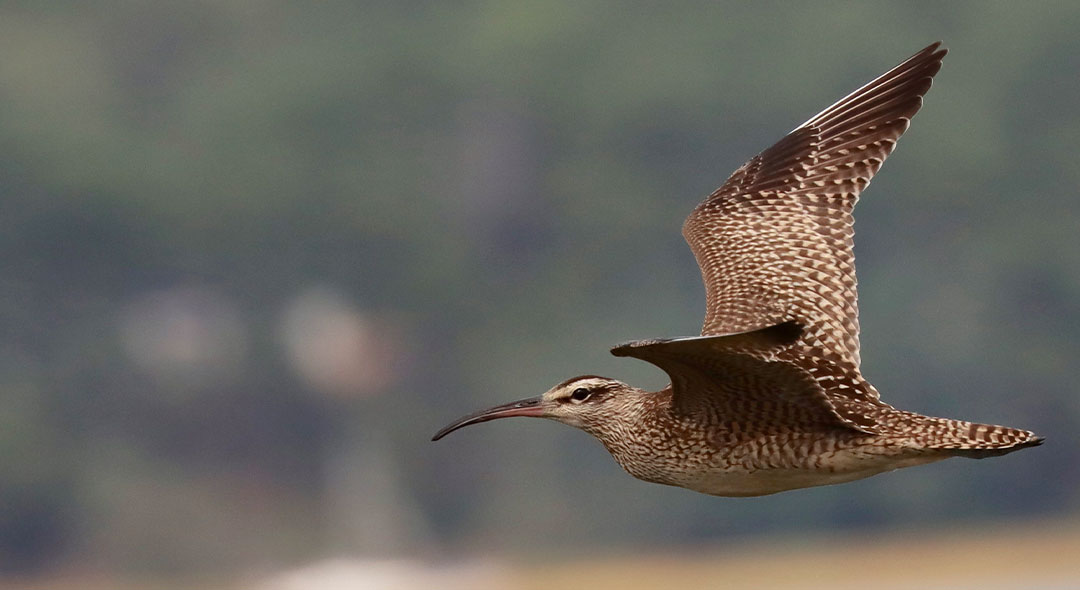Each May, hundreds of thousands of shorebirds log almost 10,000 miles flying from the southern tip of South America to the Arctic. Thin and tired, they take a break at Delaware Bay to double their weight eating the tiny, green eggs of horseshoe crabs. Because of its importance for spring shorebird migration, in 1986, biologists, local stakeholders and political leaders came together to recognize Delaware Bay as the first Western Hemisphere Shorebird Reserve Network (WHSRN) Site of Hemispheric Importance.
Overharvesting of horseshoe crabs for bait in the 1990s led to a drastic decline in the number of crabs and their eggs. Without sufficient eggs available, many shorebird species experienced population declines, including Sanderling, Ruddy Turnstone, and Semipalmated Sandpiper. But hardest hit of all was the rufa subspecies of Red Knot, which is now listed as threatened under the U.S. Endangered Species Act. Over the last thirty years, more than 80% of their population has disappeared. Beach restoration, harvest restrictions, and bait replacements are slowly helping to recover horseshoe crabs and shorebirds, but the shorebirds continue to face many threats along their journey.
Coordinated by the Executive Office of the Western Hemisphere Shorebird Reserve Network, Celebrate Delaware Bay seeks to bring together local partners to create and expand opportunities for people to visit, learn, and take conservation action at Delaware Bay. Projects include horseshoe crab rescue, horseshoe crab tagging and survey, beach stewardship, leadership engagement, and youth-created educational signs.
To learn more about Celebrate Delaware Bay visit www.celebratedebay.org





 Back to all
Back to all